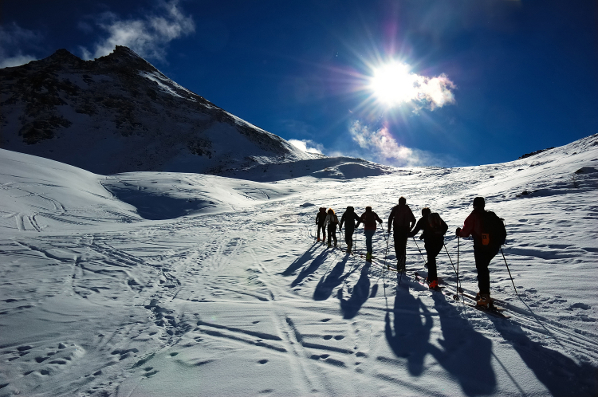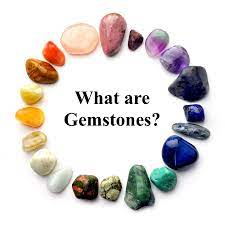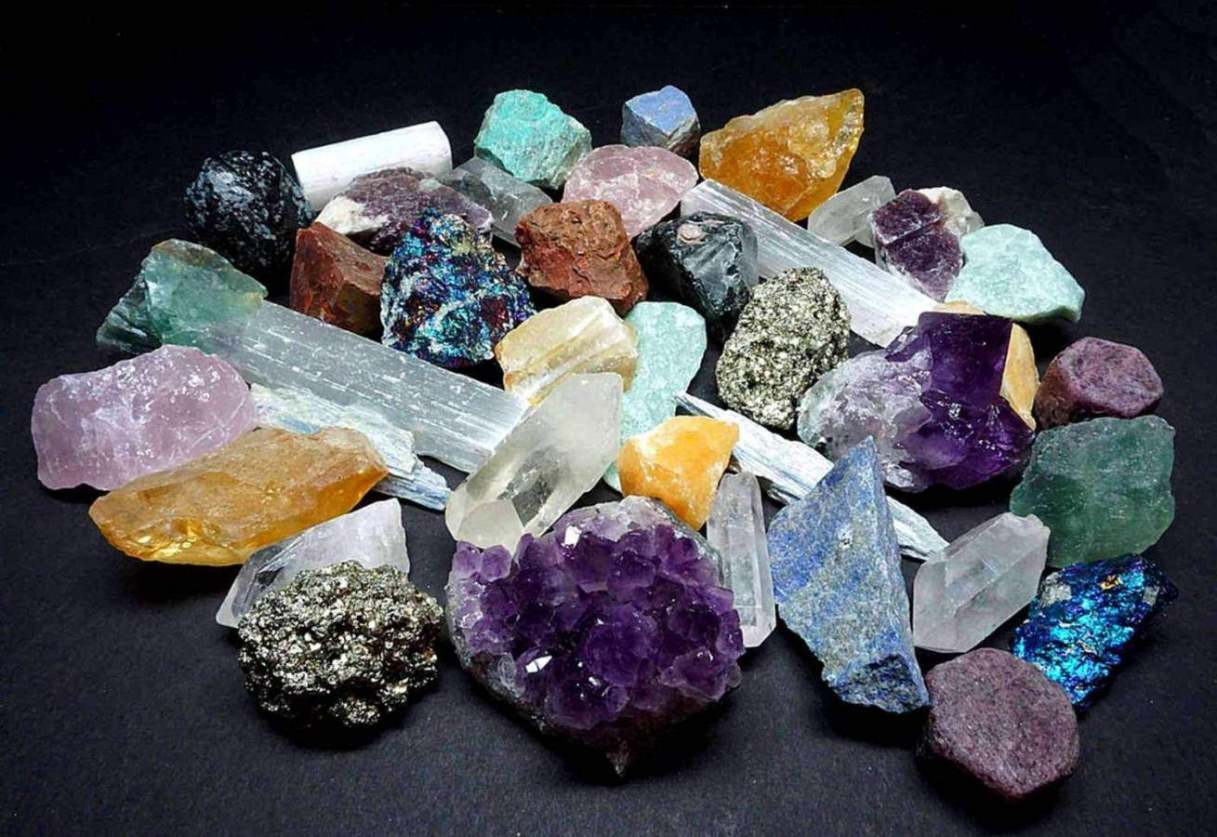Souvenir Sheet: Expedition On River Zaire (Zaire 1979)
Expedition On River Zaire (Zaire 1979)
12 February (Zaire ) within release Discovery of the River Zaïre goes into circulation Souvenir Sheet Expedition On River Zaire face value 18 Zairean makuta
| Souvenir Sheet Expedition On River Zaire in catalogues | |
|---|---|
| Michel: | Mi:CD BL23 |
| Belgium: | Bel:CD BL30A |
Souvenir Sheet is horizontal format.
Also in the issue Discovery of the River Zaïre:
- Souvenir Sheet - Expedition On River Zaire face value 18;
- Souvenir Sheet - The voyage of discovery of the River Zaïre face value 106;
- Stamp - Ntore-dancer face value 1;
- Stamp - Regal Sunbird (Nectarinia regia) face value 3;
- Stamp - African Elephant (Loxodonta africana) face value 4;
- Stamp - Diamond, cotton & tobacco face value 10;
- Stamp - Hand with torch face value 14;
- Stamp - Lion (Panthera leo), Water Lily face value 17;
- Stamp - Waterfalls of Inzia face value 25;
- Stamp - Fishermen of Wagenia face value 50;
- Stamp - African Elephant (Loxodonta africana) face value 4;
- Stamp - Diamond, cotton & tobacco face value 10;
- Stamp - Fishermen of Wagenia face value 50;
- Stamp - Hand with torch face value 14;
- Stamp - Lion (Panthera leo), Water Lily face value 17;
- Stamp - Regal Sunbird (Nectarinia regia) face value 3;
- Stamp - Waterfalls of Inzia face value 25;
- Souvenir Sheet - Expedition On River Zaire face value 18;
Souvenir Sheet Expedition On River Zaire it reflects the thematic directions:
Animals are multicellular, eukaryotic organisms of the kingdom Animalia (also called Metazoa). All animals are motile, meaning they can move spontaneously and independently, at some point in their lives. Their body plan eventually becomes fixed as they develop, although some undergo a process of metamorphosis later on in their lives. All animals are heterotrophs: they must ingest other organisms or their products for sustenance.
Birds (Aves), a subgroup of Reptiles, are the last living examples of Dinosaurs. They are a group of endothermic vertebrates, characterised by feathers, toothless beaked jaws, the laying of hard-shelled eggs, a high metabolic rate, a four-chambered heart, and a strong yet lightweight skeleton. Birds live worldwide and range in size from the 5 cm (2 in) bee hummingbird to the 2.75 m (9 ft) ostrich. They rank as the class of tetrapods with the most living species, at approximately ten thousand, with more than half of these being passerines, sometimes known as perching birds. Birds are the closest living relatives of crocodilians.
Elephants are the largest living land animals. Three living species are currently recognised: the African bush elephant (Loxodonta africana), the African forest elephant (L. cyclotis), and the Asian elephant (Elephas maximus). They are the only surviving members of the family Elephantidae and the order Proboscidea; extinct relatives include mammoths and mastodons.
Exploration is the process of exploring, an activity which has some expectation of discovery. Organised exploration is largely a human activity, but exploratory activity is common to most organisms capable of directed locomotion and the ability to learn, and has been described in, amongst others, social insects foraging behaviour, where feedback from returning individuals affects the activity of other members of the group.
A gemstone (also called a fine gem, jewel, precious stone, semiprecious stone, or simply gem) is a piece of mineral crystal which, when cut or polished, is used to make jewelry or other adornments. Certain rocks (such as lapis lazuli, opal, and obsidian) and occasionally organic materials that are not minerals (such as amber, jet, and pearl) may also be used for jewelry and are therefore often considered to be gemstones as well.Most gemstones are hard, but some softer minerals such as brazilianite may be used in jewelry because of their color or luster or other physical properties that have aesthetic value. However, generally speaking, soft minerals are not typically used as gemstones by virtue of their brittleness and lack of durability
A head of state (or chief of state) is the public persona that officially represents the national unity and legitimacy of a sovereign state. In some countries, the head of state is a ceremonial figurehead with limited or no executive power, while in others, the head of state is also the head of government. In countries with parliamentary governments, the head of state is typically a ceremonial figurehead that does not actually guide day-to-day government activities and may not be empowered to exercise any kind of secular political authority (e.g., Queen Elizabeth II as Head of the Commonwealth). In countries where the head of state is also the head of government, the president serves as both a public figurehead and the actual highest ranking political leader who oversees the executive branch (e.g., the President of the United States).
A map is a symbolic depiction emphasizing relationships between elements of some space, such as objects, regions, or themes. Many maps are static, fixed to paper or some other durable medium, while others are dynamic or interactive. Although most commonly used to depict geography, maps may represent any space, real or imagined, without regard to context or scale, such as in brain mapping, DNA mapping, or computer network topology mapping. The space being mapped may be two dimensional, such as the surface of the earth, three dimensional, such as the interior of the earth, or even more abstract spaces of any dimension, such as arise in modeling phenomena having many independent variables. Although the earliest maps known are of the heavens, geographic maps of territory have a very long tradition and exist from ancient times. The word "map" comes from the medieval Latin Mappa mundi, wherein mappa meant napkin or cloth and mundi the world. Thus, "map" became the shortened term referring to a two-dimensional representation of the surface of the world.
In geology and mineralogy, a mineral or mineral species is, broadly speaking, a solid substance with a fairly well-defined chemical composition and a specific crystal structure that occurs naturally in pure form








